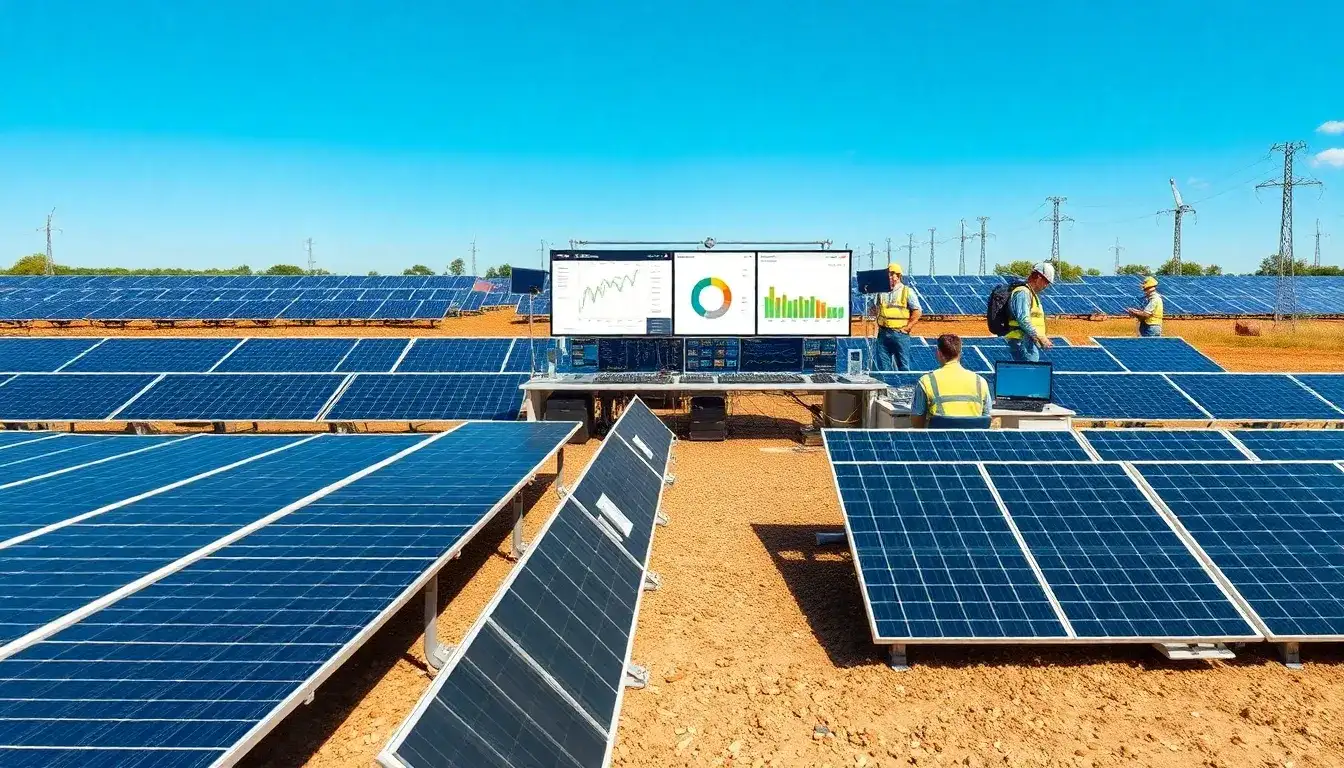
The monitoring and operation management system for photovoltaic power plants involves various aspects of data collection, analysis, and processing. Therefore, effectively monitoring the operation and maintenance (O&M) of solar power plants is a complex and systematic process. This requires a comprehensive approach that includes monitoring objectives, core content, technological methods, and management measures to achieve efficient O&M management.
The application of the monitoring system significantly enhances the power generation and economic benefits of the power plant. By continuously monitoring equipment status, power generation efficiency, environmental parameters, and O&M efficiency, and by combining data analysis and optimization, the system has established a multi-dimensional and multi-level monitoring framework. This is achieved through advanced technological methods and management strategies, ensuring the efficient operation of the plant.
Firstly, it is essential to define monitoring objectives. The primary goal of solar power plant O&M management is to ensure safe and stable operation, enhance power generation efficiency, and reduce O&M costs. Monitoring can be approached from several dimensions, including equipment status, power generation efficiency, environmental parameters, and O&M efficiency. Equipment status monitoring allows for the timely detection of faults or anomalies, preventing downtime losses. Power generation efficiency monitoring optimizes component performance and minimizes energy losses. Environmental parameter monitoring adapts to weather changes, thereby improving power generation stability. O&M efficiency monitoring facilitates the rational scheduling of personnel and resources, ultimately lowering O&M costs.
Core monitoring content encompasses several aspects, including:
- Equipment Status Monitoring: This includes the monitoring of photovoltaic modules, inverters, combiner boxes, transformers, and mounting systems.
- Power Generation Efficiency Monitoring: This covers the monitoring of Performance Ratio (PR) values, PR curve analysis, and energy loss analysis.
- Environmental Parameter Monitoring: This involves tracking meteorological data, dust accumulation, and shading effects.
- O&M Efficiency Monitoring: This includes work order management, personnel scheduling, and spare parts management.
Through effective management measures and optimizations, standardized O&M processes, preventive maintenance, and data analysis can be implemented to enhance overall operational efficiency.







